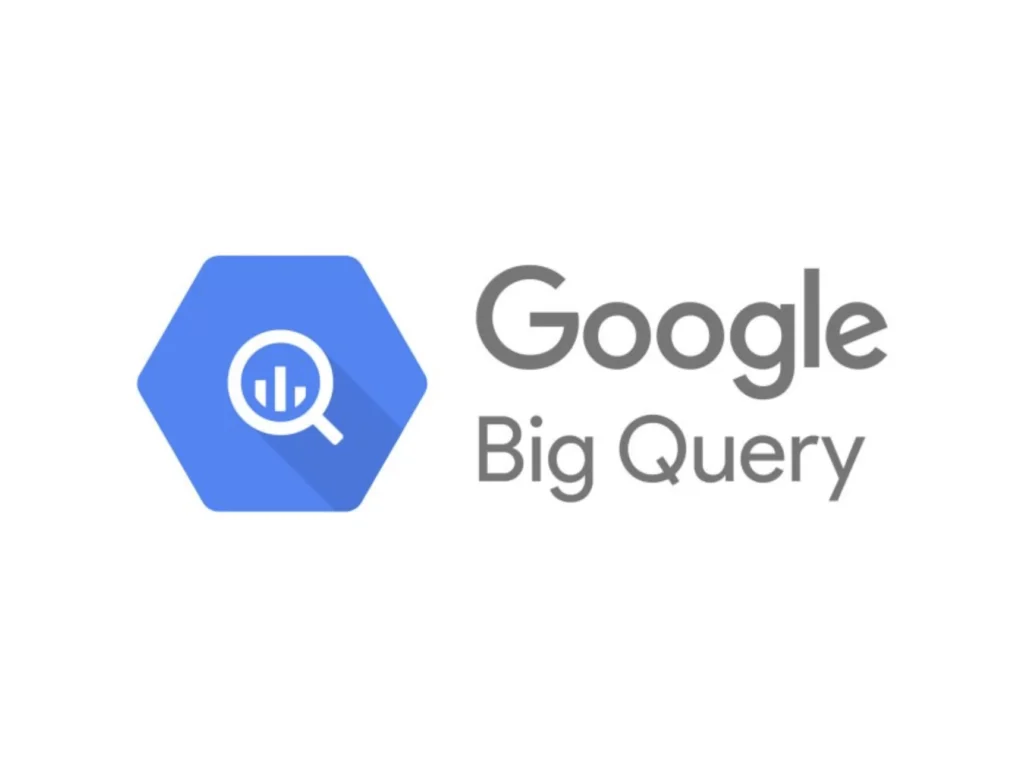If you are interested in the data science industry, you may have heard of Python, Java, or C. But R may sound relatively unfamiliar. In today’s blog, we will discover what R is and how efficiently it can be utilized across various fields of study. R is a programming language and software environment for statistical computing, graphical representation, and data analysis. ‘Rstudio’ is mainly used as IDE(Integrated development environment) for R. It provides multiple graphical and statistical techniques for analyzing various data and is highly extensible.
There are many advantages to utilizing R when it comes to analyzing data in data science. We can conduct statistical analysis, data visualization, and integration with other languages. Firstly, various statistical analyses can be done with R. Descriptive statistics, probability distributions, hypothesis tests, and correlation and regression can also be done through Discrete and continuous distributions, T-tests, and ANOVA tests. Secondly, data visualization can be done with R through bar plots, line graphs, histograms, box plots, and scatter plots. The image below indicates an example of a boxplot that I conducted with Rstudio.

<Applications of R in various sectors>
As R language is highly extendable, it can be utilized across various fields such as finance, bioinformatics, IT and many more.
In finance, R is commonly utilized by companies like ANZ for credit risk analysis and portfolio management. R’s statistical methods also simulate stock market volatility and forecast future share values.

R can also be used in bioinformatics. It is most typically used for conducting preclinical studies and analyzing drug safety data in drug development. Moreover, R is well-known for its Bioconductor package, which provides various functions for collecting and analyzing genomic data.
Lastly IT industry utilizes R for statistical analysis and data visualization. One of the example would be from Google. R is mainly used in the process of user behavior analysis and exploring data trends. Google’s BigQuery for scalable data analysis, allows analysts to perform EDA(exploratory data analysis) on large datasets without managing infrastructure. Such process aids google efficiently handle extensive datasets and prepare datasets for machine learning applications. While python is more widely adopted within the company for general-purpose data science and machine learning, R is a complementary tool that is vital for data analysis.

To sum up, the R programming language is a powerful tool in data science, offering extensive capabilities in statistical analysis, data visualization, and integration with other technologies. Its open-source nature and rich ecosystem of packages make it an invaluable resource for data scientists and analysts across various industries. R’s ability to handle complex data tasks efficiently is unmatched as it is widely used in finance, bioinformatics, and IT. Whether conducting credit risk analysis, exploring genomic data, or analyzing user behavior, R provides the flexibility and functionality needed to derive meaningful insights. As the data science landscape evolves, mastering R can be a significant asset, opening up opportunities for innovation and informed decision-making in a data-driven world.
<Reference>
Lalachan, Gifty Mol. “Discover R Applications – Why Top Companies Are Using R Programming?” LinkedIn, 7 Aug. 2021, www.linkedin.com/pulse/discover-r-applications-why-top-companies-using-gifty-mol-lalachan/. Accessed 13 Aug. 2024.
“Data Science with R on Google Cloud: Exploratory Data Analysis | Cloud Architecture Center.” Google, cloud.google.com/architecture/data-science-with-r-on-gcp-eda. Accessed 13 Aug. 2024.
Leave a Reply